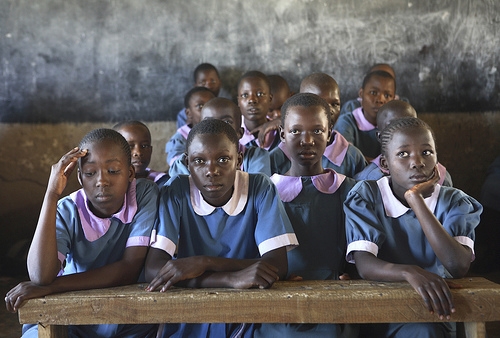In the past, my partner and I have mostly haphazardly divvied up our good intentions to whichever charities are most easily accessible to us because of advertisements or a person standing in a grocery store parking lot. Lately, we are rethinking that (lack of) strategy. As Yale economists Dean Karlan and Jacob Appel wrote in a recent issue of the Yale Alumni Magazine, “We don’t pick stocks based on colorful stories in mailers; we shouldn’t pick charities that way, either.”
Certainly, this is good, solid advice no matter what the domain. Think before you act, make good use of your money, etc. However, the research of Karlan and and others indicates that if we don’t turn to science to guide our charitable giving, we may end up doing more harm than good.

In a discussion of their upcoming book, “More Than Good Intentions: How a New Economics is Helping Solve Global Poverty,” Dean Karlan and Jacob Appel recount an example from their field work in Kolkata (Calcutta), India. They went to the vegetable markets in order to study poor entrepreneurs. They identified vegetable sellers – men and women sitting on the floor for hours on end, displaying their wares on plastic sheeting, tucking their money into their dusty clothes – as the ideal examples of poor workers that could be helped by aid. However, upon actually talking to these men and women, they found that many were making more than teachers, cooks, and even college-educated office workers. Karlan and Appel point out that our preconceived notions of what poverty looks like are often wrong; we need data in order to understand how to identify problems.
Data can also help in actually solving the issues at the heart of poverty. If the issue about which you cared most was education and you wanted to give money to an organization that helped achieve greater school attendance in poor countries, your intuition might be to give money for scholarships, uniforms, and textbooks. However, research has actually shown that the single best way to improve school attendance in poor countries is deworming students. How much does this incredibly effective method cost? $3.50 per student. How much does the next most effective method cost? $100 per student.
to give money to an organization that helped achieve greater school attendance in poor countries, your intuition might be to give money for scholarships, uniforms, and textbooks. However, research has actually shown that the single best way to improve school attendance in poor countries is deworming students. How much does this incredibly effective method cost? $3.50 per student. How much does the next most effective method cost? $100 per student.
Part of being a smart consumer of science is to demand scientific evidence to back up the decisions you make. If my partner and I continue to give our charity money to anyone with a kind face who asks us, why would these hard-pressed charities spend the time and resources on scientific evaluation of their methods? I am not criticizing organizations; most have nothing but the best of intentions. However, until we demand scientific data supporting the methods of charitable organizations and start giving to only those organizations supported by data, we will continue to support efforts that may be cost-inefficient, may not achieve our intended goals, and may even cause harm in contexts of which we do not have a good understanding.
Check out www.poverty-action.org for more information about empirically-founded charities, research on charitable giving, and Kaplan and Appel’s upcoming book.